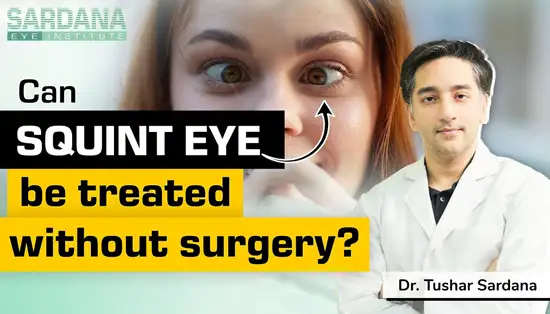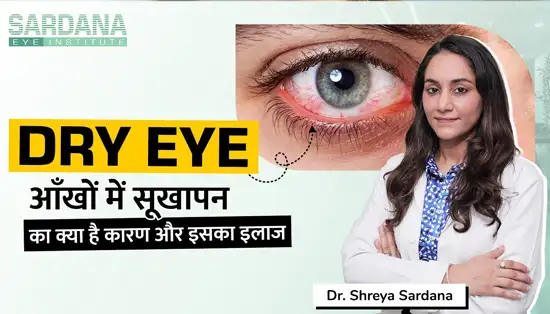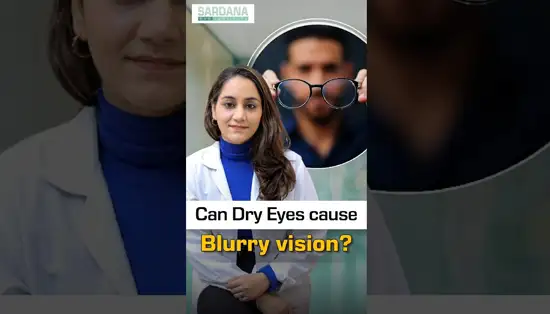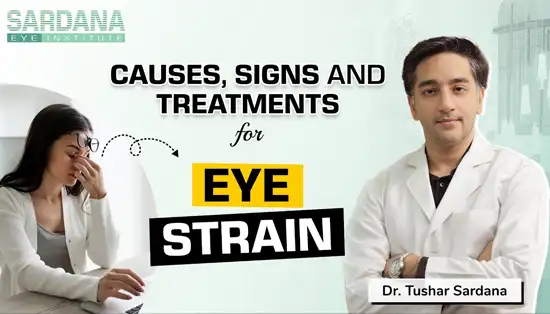amblyopia is a developmental defect of central visual processing leading to a reduced vision. During the first 6 years of life our vision is vulnerable. Any disturbance in these formative years whether anatomical or functional can lead to loss of perfect vision in one or both eyes. With increasing age this is harder to reverse and becomes permanent by about 8-10 years of age.
Most common causes of amblyopia are
- Congenital cataract. Which needs to be corrected with expedient surgery
- Uncorrected Refractive errors. The blurred image caused because of not wearing corrective glasses at an early age can lead to Amblyopia.
- Squint. Since the eyes are not in cooperation with each other
CLINICAL FEATURES
Reduced visual acuity in the absence of an organic cause
TREATMENT
The critical period during which visual development may be influenced is upto 8 years. At younger ages there is more rapid response to treatment of Amblyopia.
The initial treatment is spectacle prescription and then either patching or atropine penalization.
HOW IS AMBLYOPIA DIAGNOSED
Just by looking at the child it is very difficult to know whether one or both the eyes are Amblyopic or not. The child himself might not be aware of having one strong eye and other weak eye
Amblyopia is detected by finding poor vision in one or both eyes. Since it is difficult to record vision in a toddler , the Ophthalmologist can get a fair idea by covering one eye and observing the behavior of the child. If the good eye is covered the child might cry and try removing occlusion of good eye.
Poor vision in one eye does not always mean that the child had Amblyopia. Vision can be improved in most cases by prescribing glasses.
At our center we will also be examining interior of the eye i.e. Retina to rule out other causes of poor vision at a young age.






